Last Updated on 04/10/2025
Bihar, a state in eastern India, holds profound significance in Buddhism as it is the birthplace of Lord Buddha and the ground where he attained enlightenment. The state is dotted with numerous pilgrimage sites that draw devout Buddhists and curious travelers alike. In this article, we will delve into ten such sacred destinations in Bihar, each carrying its unique historical and spiritual essence.
Bodh Gaya
- Where Siddhartha Gautama attained enlightenment.
- Home to the Mahabodhi Temple, a UNESCO World Heritage Site.
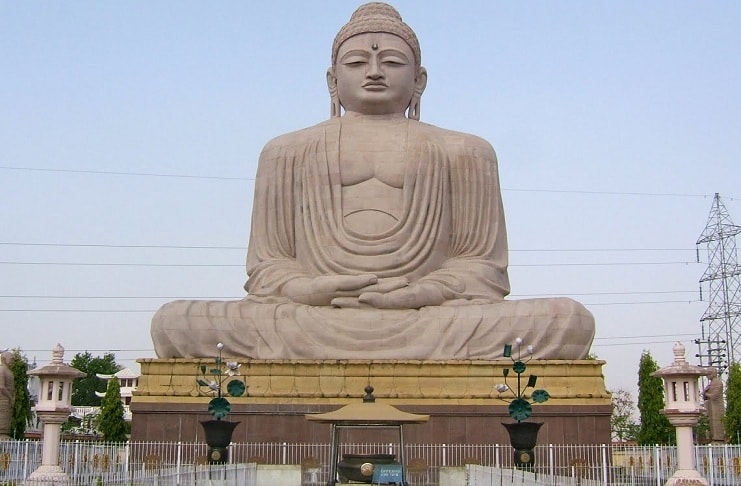
Bodh Gaya, nestled in the Gaya district of Bihar, stands as the epicenter of Buddhist spirituality. Under the sheltering embrace of the Bodhi Tree, Siddhartha Gautama attained enlightenment, transcending into the Buddha. The Mahabodhi Temple, an architectural marvel dating back to the 3rd century BCE, marks the spot where this momentous event occurred. Pilgrims from across the globe flock to this sacred site to partake in meditation, prayer, and contemplation, seeking to connect with the divine energy that permeates the air. The serene ambiance of Bodh Gaya fosters an atmosphere of spiritual introspection, where visitors can immerse themselves in the profound teachings of Buddha and experience a profound sense of inner peace and enlightenment.
Pragbodhi
- A serene sanctuary near Bodh Gaya where Buddha meditated after enlightenment.
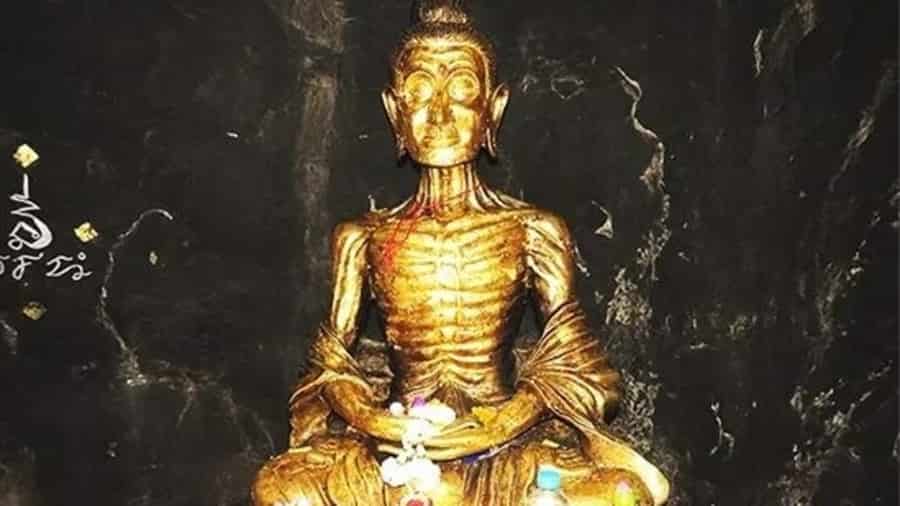
Adjacent to Bodh Gaya lies Pragbodhi, a tranquil sanctuary that holds deep significance in Buddhist lore. It is believed to be the place where Buddha spent the sixth week in profound meditation after attaining enlightenment. Away from the bustling crowds of Bodh Gaya, Pragbodhi offers pilgrims a serene retreat where they can delve deeper into their spiritual practice. The peaceful surroundings, coupled with the gentle rustle of leaves and the melodious chirping of birds, create an ideal setting for meditation and introspection. Pilgrims who visit Pragbodhi seek solace and spiritual rejuvenation, finding inspiration in the footsteps of Buddha’s own spiritual journey.
Barabar Caves
- Ancient rock-cut caves serving as retreats for Buddhist monks during the Mauryan period.
- Reflect Emperor Ashoka’s patronage of Buddhism.
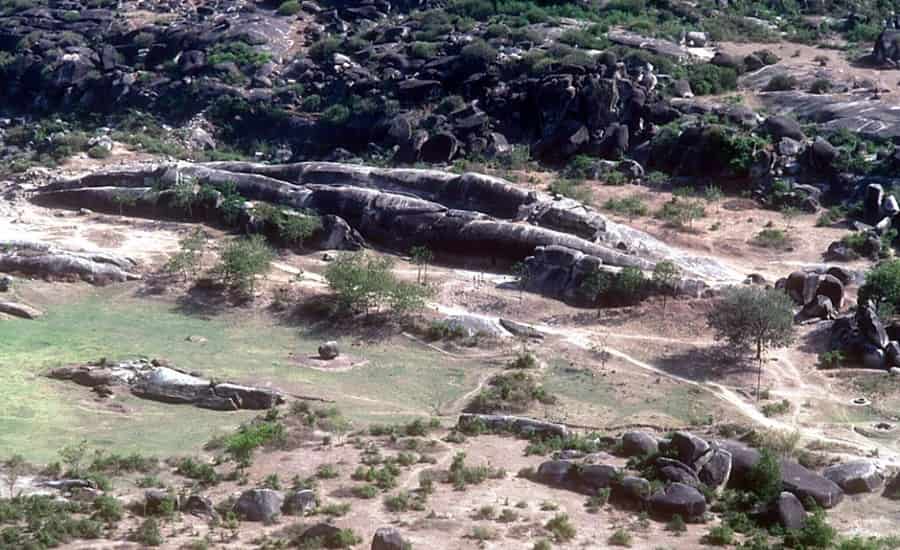
Nestled in the rocky outcrops of the Jehanabad district, the Barabar Caves stand as a testament to ancient rock-cut architecture and the early propagation of Buddhism. Dating back to the Mauryan period, these caves served as monastic retreats for Buddhist monks seeking solitude and contemplation. The inscriptions found within these caves provide valuable insights into the patronage of Emperor Ashoka towards Buddhism, highlighting the pivotal role of these caves in the spread of the religion. As pilgrims explore the labyrinthine passages and intricately carved chambers of the Barabar Caves, they are transported back in time to an era of spiritual fervor and scholarly pursuit, where the echoes of Buddhist chants still reverberate through the ancient stones.
Champanagar
- Birthplace of Sujata, who offered rice milk to Siddhartha Gautama before his enlightenment.
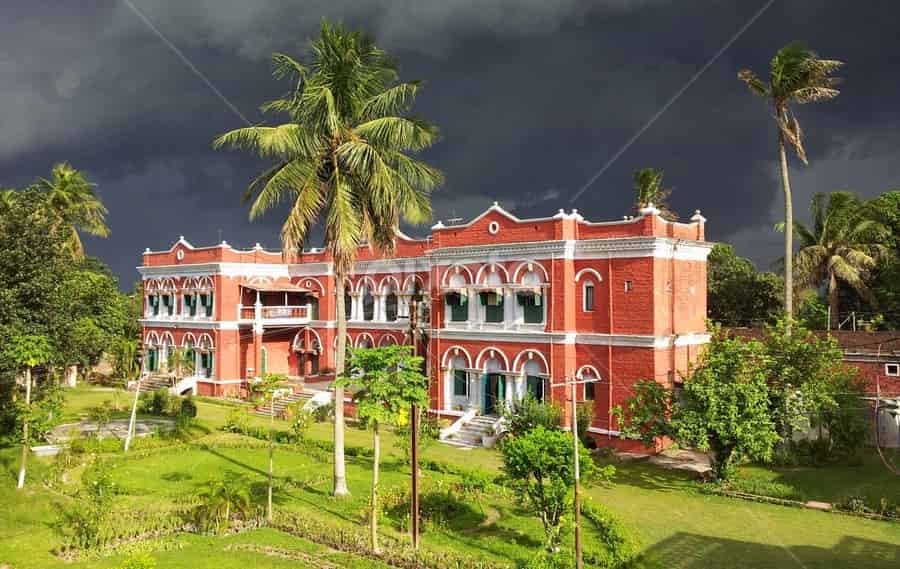
Champanagar, also known as Champapuri, holds a special place in Buddhist mythology as the birthplace of Sujata, the devout woman who offered rice milk to the fasting Siddhartha Gautama before his enlightenment. Despite being less frequented compared to other pilgrimage sites, Champanagar exudes a serene charm that captivates devotees and spiritual seekers alike. The tranquil surroundings, dotted with lush greenery and fragrant blooms, offer a peaceful retreat for contemplation and prayer. Pilgrims visit Champanagar to pay homage to Sujata and to immerse themselves in the rich spiritual heritage of the region, seeking blessings and divine grace amidst the whispers of ancient legends.
Dona Stupa
- Associated with the Maha Parinirvana of Lord Buddha.
- Believed to enshrine one of the eight portions of Buddha’s relics.
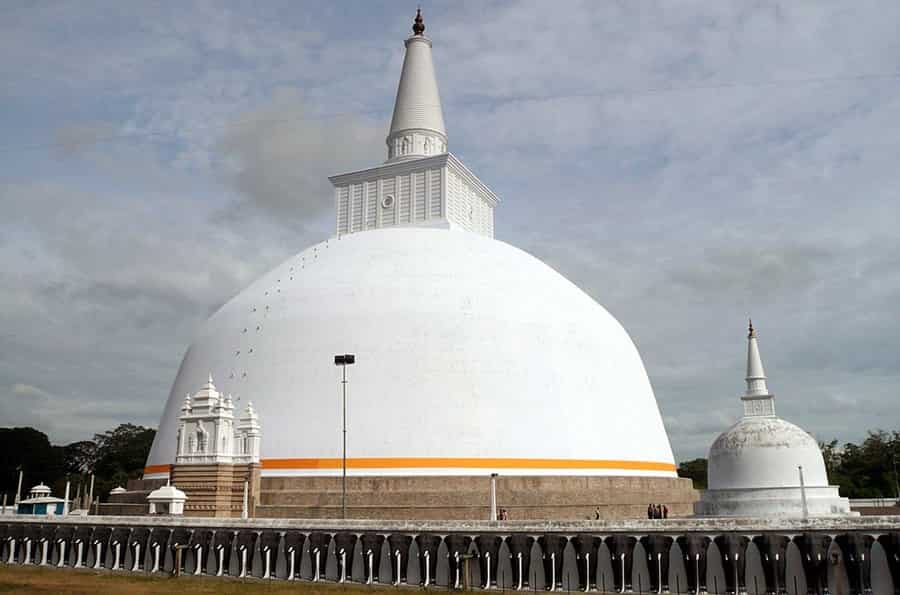
Nestled amidst the tranquil landscape of the Nalanda district, Dona Stupa holds profound significance as a site associated with the Maha Parinirvana of Lord Buddha. According to Buddhist tradition, it is believed to enshrine one of the eight portions of Buddha’s relics, symbolizing the impermanence of life and the eternal teachings of Buddhism. Pilgrims journey to Dona Stupa to pay homage to the enlightened one and to reflect on the transient nature of existence. Surrounded by serene vistas and enveloped in a sense of spiritual tranquility, this sacred site serves as a poignant reminder of the timeless wisdom imparted by Buddha, inspiring seekers to embark on their own journey towards enlightenment.
Ghosrawan
- Site where Buddha delivered his final sermon before attaining Maha Parinirvana.
- The Ghosrawan Stupa commemorates this event.
Located in the Vaishali district, Ghosrawan holds a significant place in Buddhist history as the site where Buddha delivered his final sermon before attaining Maha Parinirvana. The Ghosrawan Stupa, a revered monument commemorating this event, stands as a testament to Buddha’s teachings on compassion, morality, and mindfulness. Pilgrims from far and wide gather at Ghosrawan to pay homage to the enlightened one and to seek spiritual guidance in their lives. Amidst the serene surroundings and the gentle whispers of prayer, visitors find solace and inspiration, drawing strength from the profound legacy of Buddha’s teachings.
Gurpa
- Place where Buddha resided during visits to the region.
- Offers a serene environment for meditation and reflection.
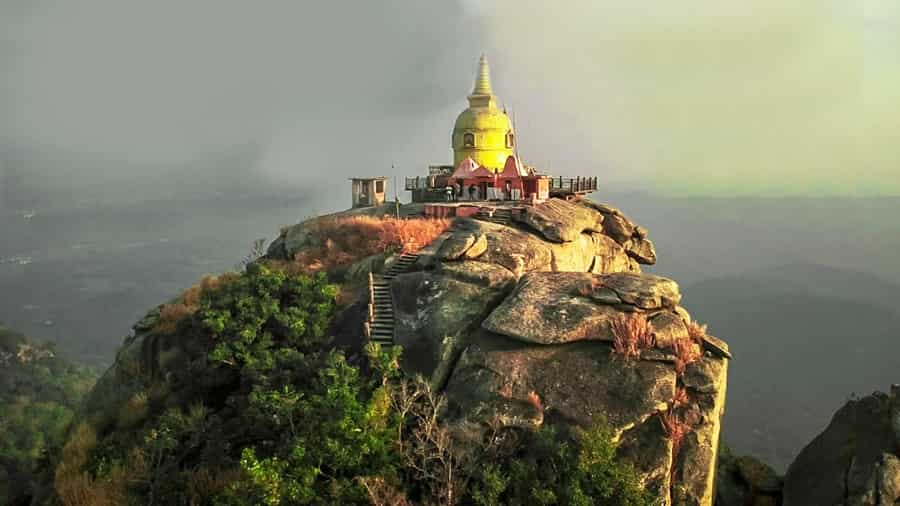
Nestled amidst the verdant landscapes of the Gaya district, Gurpa is steeped in the rich tapestry of Buddhist lore. According to legend, Gurpa is believed to be the place where Buddha resided during his visits to the region. The tranquil ambiance of Gurpa, punctuated by the gentle rustling of leaves and the melodious chirping of birds, offers pilgrims a serene sanctuary for meditation and spiritual introspection. As devotees traverse the pathways of Gurpa, they are enveloped in a sense of profound tranquility, finding solace and enlightenment in the timeless teachings of Buddha.
Hajipur
- Site where Buddha received his first alms after enlightenment.
- Pilgrimage destination with rich Buddhist heritage.
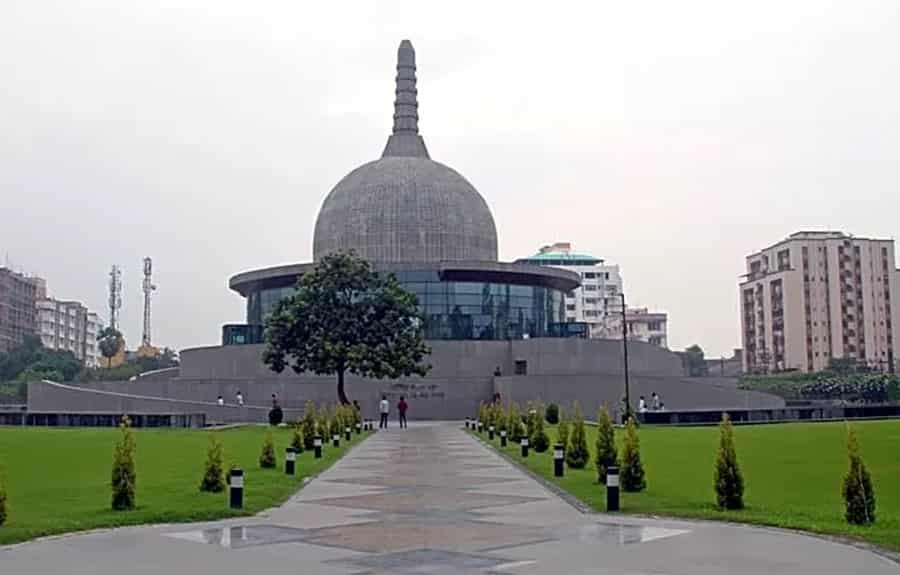
Beyond its historical significance, Hajipur holds a sacred connection to Buddhism, revered as the site where Buddha received his first alms after attaining enlightenment. Pilgrims journey to Hajipur to pay homage to this auspicious event and to immerse themselves in the rich Buddhist heritage of the region. Amidst the bustling streets and vibrant markets, the spiritual resonance of Hajipur echoes through the ages, beckoning devotees to embark on a journey of self-discovery and spiritual enlightenment. As pilgrims offer prayers and offerings at this hallowed site, they are reminded of the eternal teachings of Buddha and the profound impact of compassion and generosity in shaping human destiny.
Kesaria Stupa
- One of the tallest stupas in the world, believed to enshrine Buddha’s relics.
- Located in the East Champaran district.
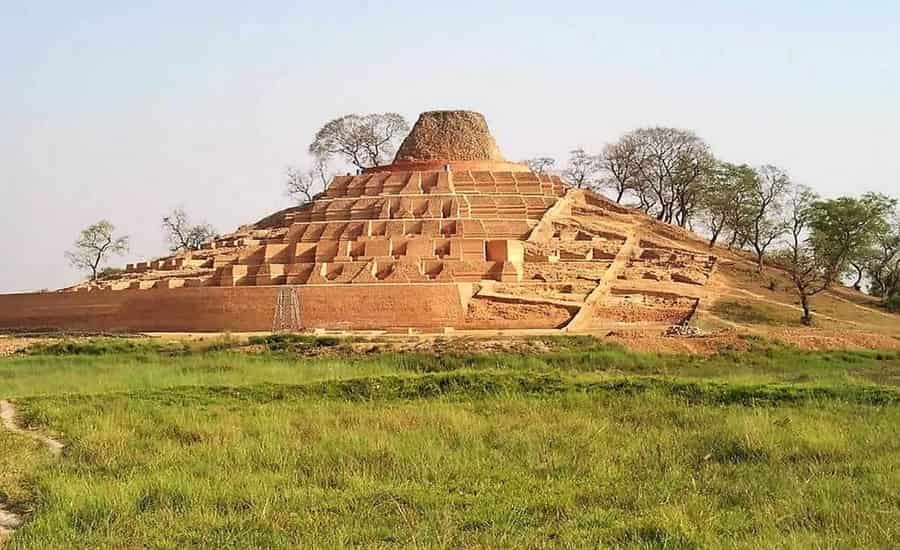
Standing majestically in the East Champaran district, the Kesaria Stupa is a monumental testament to Buddhist devotion and architectural prowess. Believed to enshrine the relics of Lord Buddha, this towering structure captivates pilgrims with its grandeur and spiritual significance. Dating back to the Mauryan period, the Kesaria Stupa serves as a beacon of reverence and homage for Buddhists worldwide. Pilgrims flock to this sacred site to offer prayers, circumambulate the stupa, and immerse themselves in the divine presence of the enlightened one. As devotees stand in awe of this architectural marvel, they are reminded of the enduring legacy of Buddhism and the timeless teachings of compassion and wisdom.
Nalanda University
- Renowned ancient center of Buddhist learning.
- Founded in the 5th century CE, attracting scholars from across the globe.
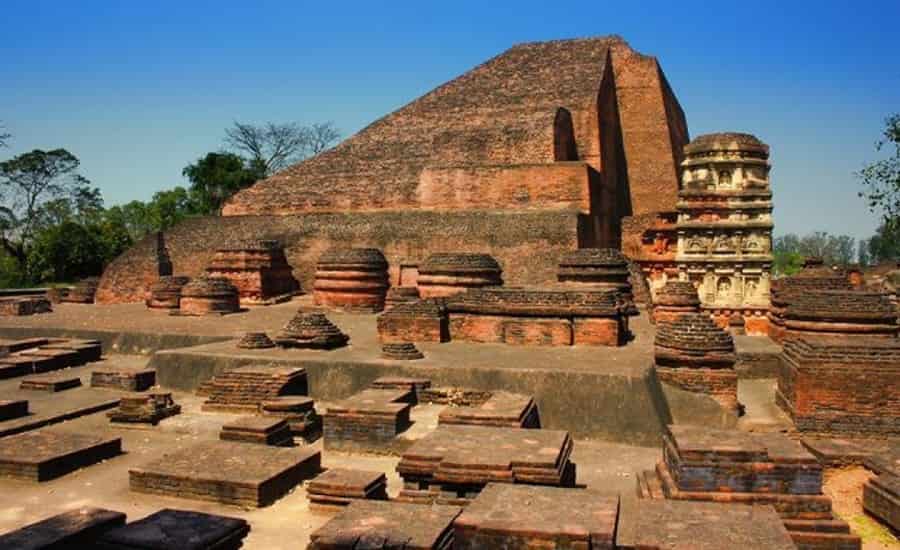
Nestled in the serene landscapes of the Nalanda district, the ruins of Nalanda University stand as a testament to India’s intellectual and spiritual heritage. Founded in the 5th century CE, Nalanda University was a renowned center of Buddhist learning and scholarship, attracting scholars and seekers from across the globe. The sprawling ruins, adorned with intricate carvings and remnants of ancient structures, evoke a sense of awe and reverence among visitors. Pilgrims and scholars alike journey to Nalanda to pay homage to this illustrious seat of learning and to immerse themselves in the rich tapestry of Buddhist wisdom and philosophy. As they wander through the hallowed halls and verdant courtyards of Nalanda, they are transported back in time to an era of intellectual enlightenment and spiritual discovery, where the pursuit of knowledge was synonymous with the quest for truth and enlightenment.
Nalanda Archaeological Museum
- Adjacent to Nalanda University ruins, showcasing artifacts from the site.
- Houses sculptures, pottery, coins, and manuscripts from the Gupta and Pala periods.
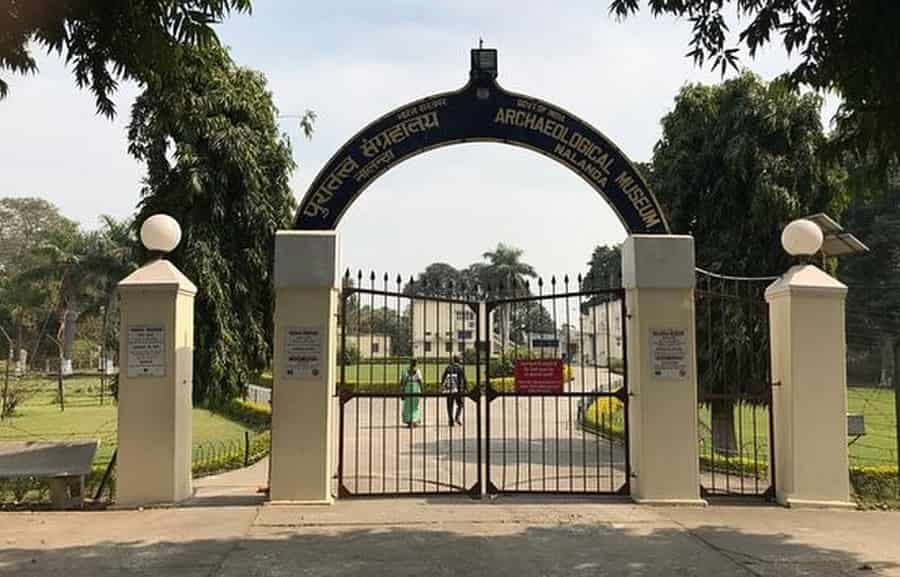
Adjacent to the ruins of Nalanda University lies the Nalanda Archaeological Museum, a treasure trove of artifacts and relics from the ancient site. Housing a vast collection of sculptures, pottery, coins, and manuscripts dating back to the Gupta and Pala periods, the museum offers visitors a glimpse into the vibrant cultural and intellectual heritage of ancient India. Pilgrims and history enthusiasts alike flock to this museum to marvel at the exquisite craftsmanship of Buddhist sculptures and to gain deeper insights into the religious and academic pursuits of Nalanda’s scholars.
Rajgir
- Historic town where Buddha delivered sermons and engaged in spiritual discussions.
- Gridhakuta Hill (Vulture’s Peak) is revered as a site of significant teachings.
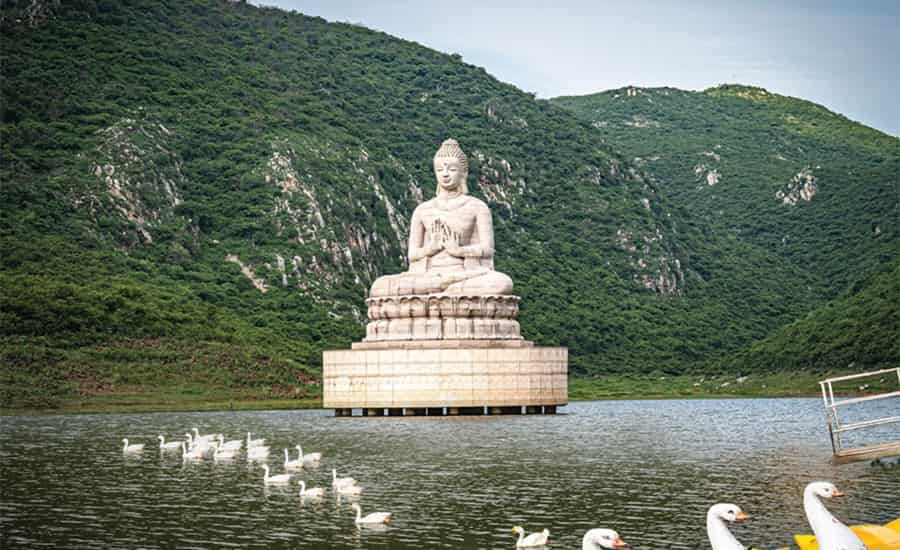
Just a short distance from Nalanda lies Rajgir, a historic town with profound significance in Buddhist and Jain traditions. It was here that Buddha delivered many of his sermons and engaged in spiritual discussions with his disciples. The Gridhakuta Hill, also known as Vulture’s Peak, is revered as the site where Buddha preached the Heart Sutra and other important teachings. Additionally, Rajgir is home to the Jivakameavan Gardens, where Buddha spent time in meditation, and the Vishwa Shanti Stupa, a symbol of peace and harmony.
Vaishali
- One of the oldest cities, significant in Buddhist and Jain traditions.
- Associated with Buddha’s sermons and Jainism’s founder, Lord Mahavira.
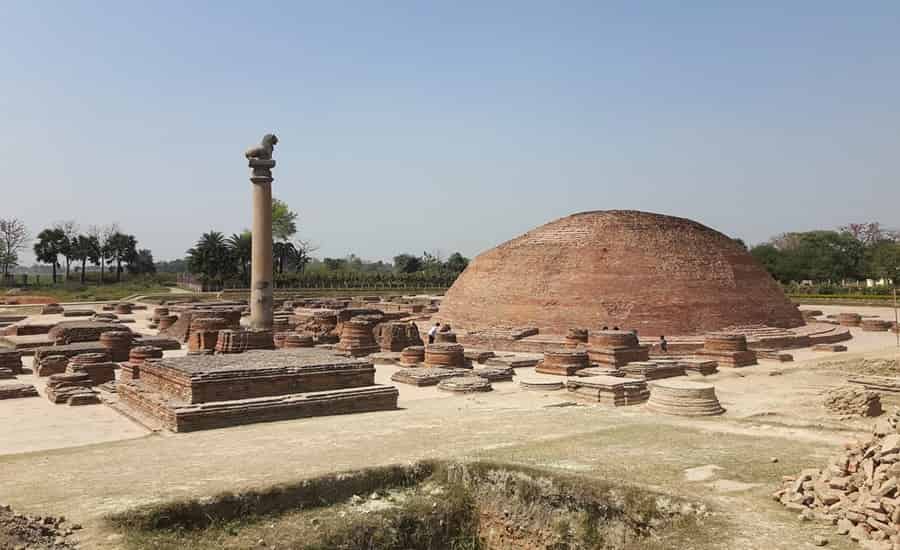
Vaishali, one of the oldest cities in the world, holds a special place in Buddhist history as the birthplace of Lord Mahavira, the founder of Jainism, and as the site where Buddha delivered his famous sermon on the decay of the body (the Mahaparinirvana Sutta). The ancient ruins of Vaishali, including the Ananda Stupa and the Kutagarasala Vihara, offer pilgrims a glimpse into the rich cultural and religious heritage of the region. The Ashoka Pillar, erected by Emperor Ashoka to commemorate Buddha’s visit to Vaishali, stands as a symbol of reverence and devotion for Buddhists and Jains alike.
Conclusion
Bihar’s Buddhist pilgrimage sites offer a profound journey into the heart of Buddhism, where history merges seamlessly with spirituality. From the sacred Bodh Gaya to the ancient ruins of Nalanda University, each site encapsulates the essence of Buddha’s teachings and the enduring legacy of Buddhism. As pilgrims traverse these hallowed grounds, they immerse themselves in a timeless spiritual odyssey, seeking enlightenment and inner peace.
Suggested Buddhist Tour in India:













 Call
Call WhatsApp
WhatsApp Enquiry
Enquiry